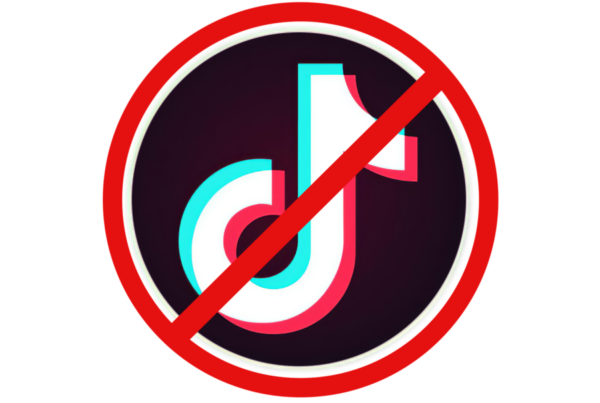Travel restrictions. Global sporting events scrapped. Banned public gatherings. Plummeting stock markets. Empty shopping centers. Covid-19 has now made its mark. Like a stone being dropped into a pond, the ripples go outward, affecting businesses in every industry.
Fear has gripped even the most composed business owners due to uncertainty about what the future beholds except a likely recession. Indeed, drastic times call for drastic measures, but the worst thing any business could do is to make cuts to its marketing budget.
It may seem counter-intuitive but choosing to bury your business under the sand until all this ends may help you in the short-term but in the long run, it will be costly. Want to find out why? Below we’ll explain what your marketing approach should be during the Covid-19 crisis.

Don’t make any cuts to your marketing budget
The marketing budget tends to be the first part of the business that gets the axe during times of recession. This is a big mistake. Research has actually shown that this tactic saves money in the very short term but will actually make your business come across as weaker once you get through to the other side.
A weaker brand is a less profitable brand. The good news is that during the Covid-19 crisis, your competitors are also likely to slash their marketing budgets. If you choose to do the opposite then more of the limelight will be focused on you, giving you much more return on your marketing investments.
Now, understandably, the extent to which a business can achieve this is largely dependent on the industry it’s part of, since some are affected more than others. But if you can, avoid the temptation to completely stall your business and continue with your marketing communications.
Research your target market’s recession behavior
Since there’s been a monumental shift in your customers’ consumer behavior, you need to learn and adapt quickly. What worked before won’t work now.
To get this right you’ll need to know which products are more likely to be in demand than others. This all hinges on the quality of research that you conduct about the different patterns of consumption of your customers. For best practice, place your customers in four groups, using the, Harvard Business Model:
- Slam-on-brakes segment. These consumers have made the most aggressive cuts to their spending by removing, delaying, reducing or substituting purchases. You can typically expect lower-income earners to fall into this category as well as more anxious high earners.
- Pained-but-patient consumers. This segment focuses on consumers that are more optimistic about the market recovering in the long run but will reduce their spending, although less aggressively than slam-on-brakes. This is the largest segment and consists mainly of people who haven’t suffered from unemployment.
- Comfortably well-off segment. Despite the economic downturn, these consumers are confident that they’ll ride out the recession and come out the other side relatively unscathed. These consumers will be in the top 5% income bracket.
- Live-for-today consumers. This segment consists of people that will continue their spending habits as normal despite the recession. These consumers are typically urban and younger.

Now let’s put some context into the equation. The coronavirus has changed consumer spending habits significantly, causing people to shop online. People don’t have a choice either due to the current lockdown.
Therefore, you’ll want to invest in digital strategies to connect customers with your products. Exposing customers to your brand can only be achieved via digital marketing, so make sure that you research what methods best suit your budget and start testing. Here are some of the options that you should explore:
- Social (Facebook/Instagram, YouTube, Pinterest, TikTok)
- Programmatic Media (Video, Mobile, Display)
- Influencer Marketing
Track all data
The success of your digital marketing campaigns is dependent on how closely you monitor and track data. Tracking allows you to test new marketing ideas during the recession and can quickly give you an idea of what works and what doesn’t.
There are a variety of 3rd party companies that allow you to quantify and measure results. During the Covid-19 crisis, it’s imperative that you know exactly what return each marketing investment brings you since you’re now pressured to make every cent count.
Prioritize your existing customers
Your business’ biggest asset is your current customers, and their willingness to purchase from you is paramount to surviving these tough times. Ensure that a part of your marketing budget is aimed towards your most loyal customer base.
Remember that they’re also victims of the coronavirus pandemic and if you can provide them with a product or service that’ll solve a problem, they’ll reward you with more than just sales. Positive reviews, recommendations and word of mouth marketing will in turn attract a new client base.
Increase conversion rates with experimentation
The marketplace today compared to what it was a few months ago is like night and day. Peoples’ spending habits have changed, making it mandatory for you to figure out what new approach will nudge your consumers closer to a sale.
Test, refine, repeat. As mentioned previously, everything that you do should be monitored closely. Doing this will crystallize what marketing strategies are working, allowing you to spot opportunities before your competitors.
Final thoughts
Undoubtedly, the coronavirus has placed firms of all kinds in one of the most volatile business environments since the 2008 economic crisis. Many will fail, some will survive and even fewer will prosper. If you wish to be the latter, then it’s paramount that your business still chooses to market its services.
Continuing your marketing efforts will add merit to your brand since you’ll come across as a strong and agile business, willing to still go the extra mile for your customers. A brand that’s able to survive these tough times and still deliver a service will prosper when this all blows over.




